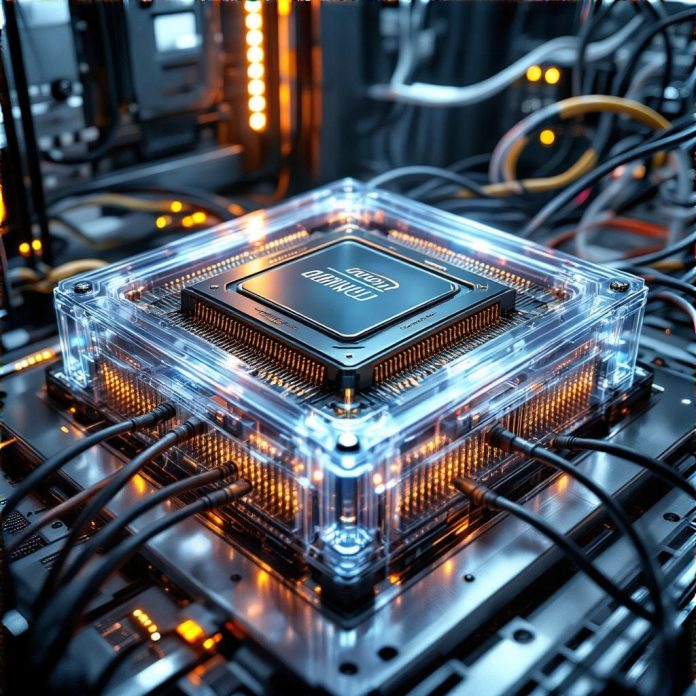The rumblings from the server rooms are growing louder. Intel’s Diamond Rapids Xeon CPU, slated for a 2026 release, promises a staggering 192 cores per processor, paving the way for quad-socket systems boasting a colossal 768 cores. This is undoubtedly a bold move, a direct response to the ever-increasing demands of data-intensive workloads like AI, machine learning, and complex simulations. The sheer computational horsepower on offer is truly impressive, potentially unlocking new possibilities for scientific research, advanced analytics, and cloud infrastructure.
However, the tech world moves at warp speed. By 2026, AMD, with its EPYC processors, and other players designing custom silicon, will have undoubtedly advanced their own offerings. We’ve already seen the rise of ARM-based servers, presenting a compelling alternative with their power efficiency and scalability. The question isn’t just about core count, but also about performance per watt, memory bandwidth, and overall system architecture. Diamond Rapids needs to not only pack a punch but also deliver exceptional efficiency to stay competitive.
Furthermore, the software ecosystem needs to be ready to take full advantage of such a massive core count. Optimizing applications to effectively utilize hundreds of cores requires significant engineering effort. Will developers be able to readily adapt their code to harness the full potential of Diamond Rapids? Or will a significant portion of those cores remain underutilized, diminishing the return on investment for businesses adopting these high-density servers?
Intel’s challenge is two-fold: deliver the performance leap promised by Diamond Rapids and ensure that the supporting infrastructure is in place to maximize its impact. This includes not only software optimization but also advancements in memory technology, interconnects, and cooling solutions. Without a holistic approach, the potential of Diamond Rapids could be stifled, leaving it struggling to keep pace with the competition.
Ultimately, Diamond Rapids represents a significant bet by Intel on the future of server computing. While the prospect of 768 cores in a single system is undeniably exciting, the success of this endeavor hinges on a multitude of factors beyond raw processing power. Whether it will be a game-changer or a case of too little, too late remains to be seen, but one thing is certain: the core wars are far from over, and the next few years will be crucial in shaping the landscape of the data center.



